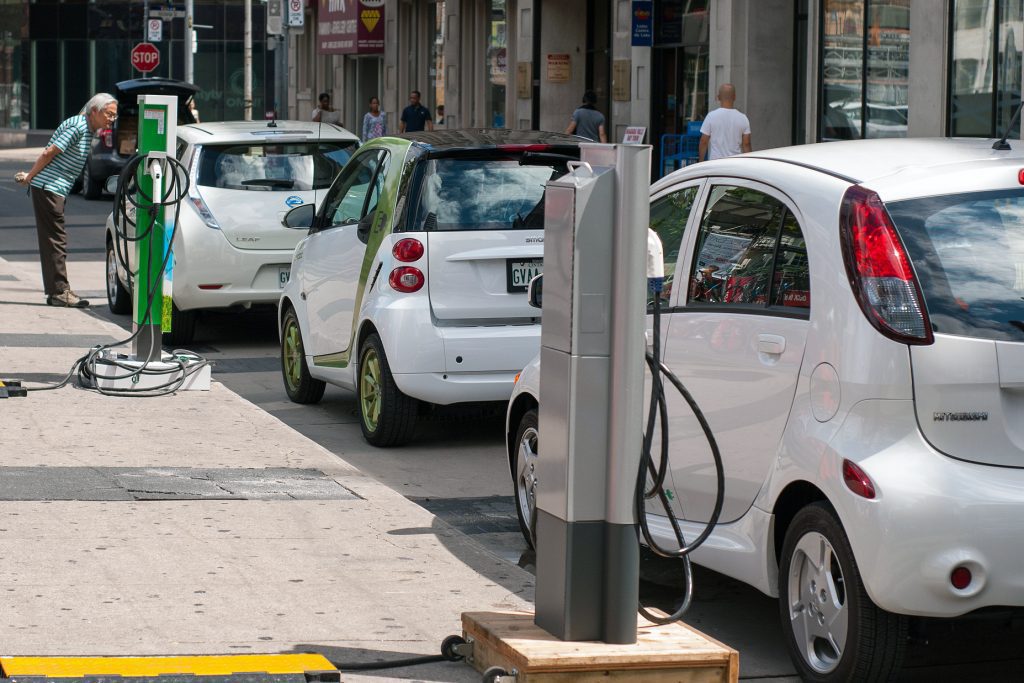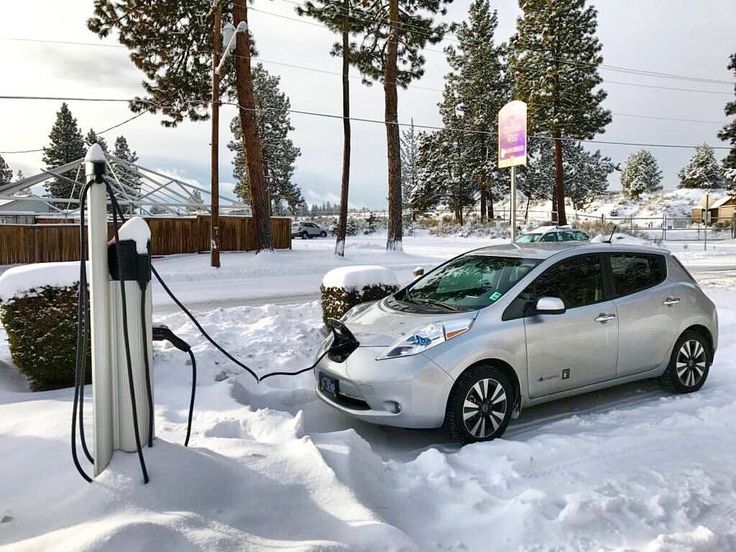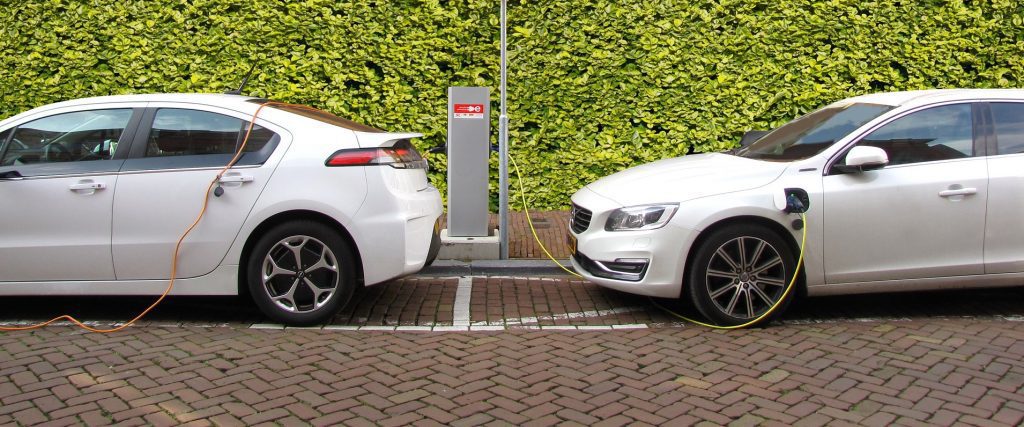This blog was updated on July 6, 2021
On June 29, 2021, Canada announced that by 2035 all new vehicle sales in the country must be electric vehicles (EVs). This is good news as greenhouse gas emissions from transportation are rising in Canada, due to the overwhelming preference for SUVs and pickup trucks – in fact 4 out 5 vehicles sold last year were these larger vehicles.
In 2020, only 3.5% of vehicles sold in Canada were electric. And as our recent report showed, car companies promise an EV future, but the focus now is on selling as many gas-guzzling and highly profitable SUVs and pickups as possible. That’s why Canada’s 2035 target is an important signal to car companies to speed up their transition to an all-EV future.
We don’t think EVs will solve all our problems. Canada needs to increase options for getting around without a car, including public transit, cycling and walking. But the car isn’t going away tomorrow, and EVs will be part of the solution to our pollution woes. That’s why we’re here to answer some of the most common questions we get about EVs.
1. How much does an EV cost to buy and run?
The cost of purchasing a new EV can be comparable to that of a new gasoline one. While the sticker price may be slightly more, when you factor in the federal rebate of $5,000 for EVs that cost less than $45,000 (six seats or less) or $55,000 (more than six seats), Quebec, and B.C. towards the purchase of an EV, the difference is small.
Take the Chevrolet Bolt EV, one the best selling EVs in Canada. The 2022 model starts at $38,198. The federal government’s incentive knocks off $5,000 and if you live in BC or Quebec it will be even cheaper. You can find a good summary of EV prices and rebates in Ontario here, compiled by the wonderful folks at Plug n’ Drive.
The real cost savings come in after you purchase your EV. Remember gas costs? Gone. Instead, you’ll be charging your EV at public charging stations (see this map of charging stations across Canada) or at home, preferably at night during off-peak hours.
The average Canadian driver, travelling 20,000 km per year, would likely save $1000-2,000 per year on fuel alone. Maintenance costs are also much lower, since EVs have far fewer moving parts and don’t need oil changes.
Although EVs may cost a little more upfront, the average driver will see a net savings in the end.


2. How far can an EV run on one charge and where can I charge it?
Most new electric cars go 350km+ on a single charge. Since the vast majority of car trips are less than 80km, you don’t need to worry about running out of charge. For longer trips, there is a growing network of thousands of changing stations across Canada. There are three levels of public chargers:
- Level 1 – basic household wall outlet – 8-20 hours to fully charge
- Level 2 – 240V system – 4 to 6 hours
- Level 3 – DC-fast stations – can recharge to 80% capacity in 30-45 minutes
Because longer road trips require you to stop and recharge your electric car (just like you need to fill up your gas tank during a long trip), building more public charging stations is helping more people choose an EV. This map can help you plan where can charge up on a longer trip.
3. How will my EV handle the winter?
Electric vehicles do have shorter range in winter, since batteries are less effective when they’re cold. Warming up your EV while plugged in can prevent a significant amount of this range loss. Using low-energy settings in your EV and not speeding will also increase range in winter. This handy infographic compares EV fuel efficiency in winter compared to gasoline-powered cars.
If you’re worried, remember that the vast majority of trips are under 80km, well within the winter range of today’s EVs. Guess which country has the world’s highest adoption rates for electric vehicles: it’s Norway, which also has cold winters.


4. How environmentally friendly are electric cars, including manufacturing?
A fully electric car runs entirely on electricity and has zero tailpipe emissions. However, EVs are not 100% emissions-free due to the manufacturing process, and due to the makeup of our electricity supply.
Canada’s electricity mix is quite clean, it’s actually one of the best countries in the world to drive an EV. Using electricity to power an EV in Canada can reduce greenhouse gas emissions by 60- 90% per vehicle. Even factoring in the full scope of emissions that occur in both electricity supply and vehicle manufacturing, studies show that EVs and plug in hybrids produce much fewer overall emissions than gas-powered cars, particularly in Canada. With Canada moving to ban coal in all provinces by 2030 (Ontario has already banned coal!) this footprint will only get lower and lower over time.
Most EV batteries are lithium-based, and do in fact take more energy to manufacture than gas-powered cars. In spite of this, they still produce far fewer polluting emissions over their lifetimes, making them a very real choice for reducing your carbon footprint.
5. Can the grid handle all the extra electric cars on it?
Currently? Yes. In the future? That’s the plan. For example, Ontario’s Long-Term Energy Plan anticipates a rise in EV adoption to about 2.4 million electric cars by 2035. By comparison, there are currently about 10,000 registered EVs in Ontario. This increase in adoption would cause a slight rise in overall electricity demand across the province, but this rise in demand has been factored into the current planning process. In general, hydro providers across the country are confident they will be able to meet the increased demand from EVs.
6. What about disposing of the electric car’s batteries? Can they be recycled?
Depending on weather and operating conditions, lithium-based batteries eventually lose the ability to hold enough of a charge to power a car (usually 12-15 years). The good news is that these batteries can actually be reused to fill other needs, such as home energy systems, or back up storage for renewable energy. You can find more info about the specifics of EV battery recycling here. Battery technology is one of the most quickly evolving areas of renewable technology, so we expect to see more innovation in the near future.


What if I have more questions that aren’t answered here?
Lucky for you, there is a growing body of research on the ins and outs of electric vehicles. We suggest starting at Plug n Drive’s website for some helpful Ontario-based information, or the CAA website for Canada-wide information. If you live near Toronto, or are planning to be in the area, you can even test drive an EV at the Electric Vehicle Discovery Centre.
You can also tell Canada to do even more to make electric vehicles available and affordable.









